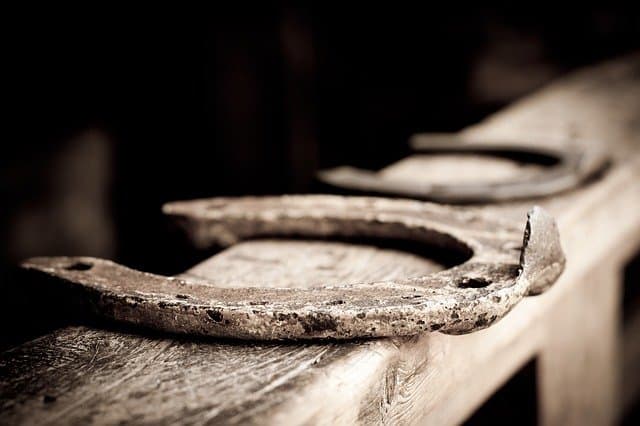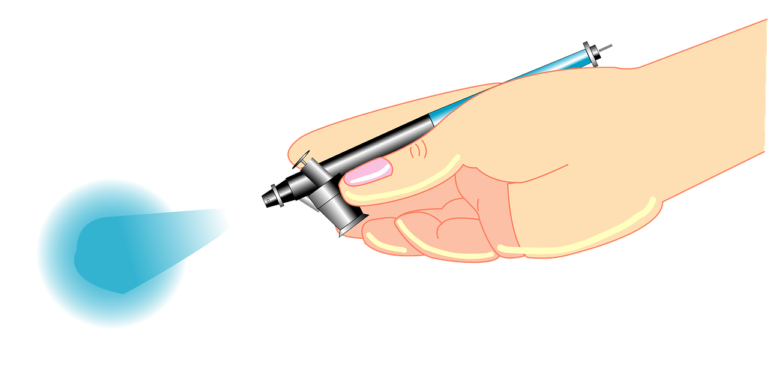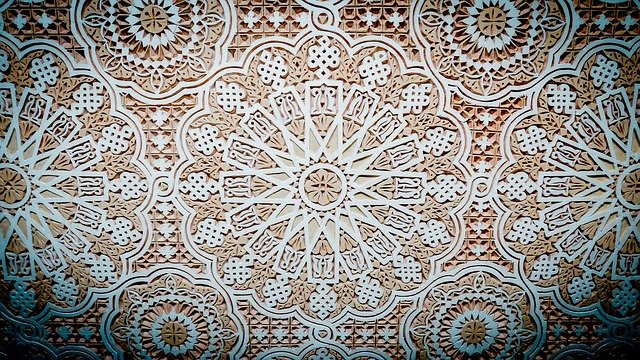Does Goo Gone Remove Paint?
Paint removal has been a big challenge for the home user. People have come up with many ways of cleaning paint from various surfaces. Though someway have worked, others leave permanent stains behind. Could you be having a similar challenge? Have you seen or heard about Goo Gone! 
So, does Goo Gone remove paint? YES. Goo Gone has an unmatched record in paint removal on many surfaces such as plastic, metal, ceramics, porcelain, carpet, rim, sealed stones, rugs, tires, car body parts, finished wood, and cleaning baseboards.
The active agent in Goo Gone works excellently on dried and wet latex paint, enamel paint, acrylic paint, varnish, shellac, caulk as well as art and craft paint. The unique action formula that comes with Goo Gone allows deep penetration on the heavy-duty surface in a couple of seconds.
However, this product should not be used on surfaces such as unfinished wood, unsealed stone, faux stainless steel, leather material, silk, suede, unpainted walls (drywall), rubber, or wallpapers.
It’s essential to consider the instructions given since these products are manufactured with a slight difference in user specifications for some areas such as fabric and stained surfaces. See Also: Does Alcohol Remove Paint?
Details: Does Goo Gone Remove Paint?
a. Active Components and Advantages of Goo Gone
Goo Gone features a unique Oil-based formula that actively breaks down the paint molecular bond in a couple of seconds. The active agents are self-activated upon contact with the stained/painted area and won’t react with material if applied on the recommended surfaces.
Goo Gone comes with a simple trigger spray option, which allows point application when in use. The instant action penetrant quenches dense paint layer effective while the scented freshener (citrus) incorporated leaves a pleasant air condition after use.
Moreover, Goo Gone is manufactured with biodegradable properties (no pollution), and its safe for both pets and kids – in case of inhalation. Importantly, Goo Gone doesn’t stain the surfaces under paint removal.
See Also: Deck Sealer for Pressure Treated Wood
b. Types of Pain Removed by Goo Gone
Goo Gone is formulated with an exceptional chemical ratio that works excellently for the following type paints.
- Wet and dried latex paint
- Enamel paint
- Acrylic paint
- Vanish and shellac
- Art and craft paint
In each of the above types, Goo Gone cleans wet or dried paint without affecting the surfaces under removal. Indeed, this product is formulated to achieve deep penetration action on dense paint surfaces within a couple of seconds.
However, the quantity applied may vary from one type to another as well as according to the difference in material under which the paint is being removed. In this regard, you will note that Goo Gone removes latex paint faster than varnish and shellac. However, there is action time variation due to differences in the chemical structure of these compounds (paints) as well as the degree of stickiness on the applied surface.
Though Goo Gone can be used in either of the above types of paint, it is crucial to consider the surfaces upon which they are applied. Avoid using Goo Gone on any of the surfaces not applicable, as discussed later in this article.
See Also: Sprayer for Latex Paint
c. Surfaces to Use on Goo Gone
You can confidently use Goo Gone in paint removal on either of the following surfaces or material: plastics, tiles, floors, bathtubs, baseboards, trims, ceramics, porcelain, finished wood, sealed stone, faux painted walls, or vehicle body parts.
Further, you can clean rugs, carpets, glass surfaces, woven shoes, wardrobe sealant, and coated ceiling without much problems. During the application, you need to concentrate on the type of paint under removal, the density of the layer, and the area of the surface needed to be cleaned.
Otherwise, you may end up spraying other sections which may be defaced by the active agent in Goo Gone, e.g., other painted area you intended not to clean.
NB: When cleaning fabrics (carpet) and clothes, it’s imperative to remove them and spread on Goo Gone approved surfaces before spraying.
d. Areas not to Use Goo Gone
While Goo Gone is safe for most of the surfaces, please don’t use it on surfaces such as unpainted walls (drywall), unfinished wood, faux stainless steel, unsealed stone, leather material, silk, suede, rubber, wallpapers, electronic surfaces, non-colorfast materials or flammable sections.
The above materials get stained by Goo Gone, and to some extent, some are defaced or eroded by the active agent in this compound. When cleaning metal surfaces, you must be kneen on instruction advisory given for a particular metal – especially Aluminum, reacts when polishing or cleaning with Goo Gone.
In case you spray any of the above surfaces (accidentally), make sure you wipe instantly with soap and clean water to eliminate the adverse effects.
See Also: Staining a Deck for the First Time
e. Side Effects and Precaution when Using Goo Gone
Goo Gone is not known to have direct harm to the user upon contact. However, this product is flammable when used near a naked fire. Further, Goo Gone causes eye irritation (if it gets into contact), and therefore, you should wear eye protection during surface application – prevents splashing of spray droplets.
Before using Goo Gone, it’s advisable to observe some of these precautions:
- Ensure there is adequate ventilation
- Carry out Spot testing before real application – this assists in determining the extent to which this product will work on a given surface or type of paint under removal.
- Know about the related hazards such as flammability (if you are working near a fireplace) or eye irritation.
- Remove clothes/fabrics before application – this prevents skin reaction or surface reaction upon which the fabric is placed.
- Avoid prolonged exposure on finished wood and sealed surfaces – the pray may affect the coating if not cleaned immediately.
Remember, Goo Gone is poisonous when swallowed, and therefore, it should be kept away from kids and pets.
See Also: Cleaning a Deck Before Staining
How to apply Goo Gone When Removing Paint
For effective and efficient paint removal while using Goo Gone, you will need to follow the right procedure, as highlighted below.
Ensure you have the following items, too; clean water, soap detergent, basin, scraper (for thick paint), paintbrush, and rag/sponge or a piece of cloth.
- Pre-clean the surface you want to remove paint using a paintbrush or a piece of cloth.
- Administer a drop of Goo Gone over the painted surface for action testing.
- Sprayed the surface (if the previous step succeeded) with Goo Gone – the extent of spay should be determined by the density/thickness of the paint.
- Wait for 5 to 8 minutes to quench the paint – the etching action takes place, leaving a soft viscous layer.
- Wipe the stain/paint with clean, dry cloth or paintbrush where appropriate.
- Agitate some soapy water and using a sponge, clean the Goo Gone stain – soap detergent eliminates the oil components on the surface.
- Soak the cloth in clean water and mope the surface to dry finish.
- Repeat this with clean water to achieve the best final finish.
NB: When spraying a vertical surface, it’s recommended to use restrainers to prevent dripping, which may affect the lower section. See Also: Deck Stain for Weathered Wood.
Which other Alternative can be used in Place of Goo Gone?
a. Motsenbocker’s Lift Off
Apart from Goo Gone, there are other products available in the current market that can remove paint also. Some of these products include.
Motsenbocker’s Lift is a latex paint remover that features a classic spray trigger and a precision nozzle design, which allows point application. This product is biodegradable and works for multiple surfaces without causing any corrosion.
Moreover, Motsenbocker’s Lift doesn’t require thinner and act instantly upon application. Importantly, this product is economical and can be used on enamel paint too.
b. Goof Off FG659 Heavy Duty Remover
Goof off is a heavy-duty paint remover that features a quick action formula, which liquefies dried paint in a couple of seconds upon application.
The product comes with a classic nozzle (for point application) and a simple pull trigger that allows controlled spay application.
Besides, Goof is environmentally friendly, and it’s packed in a medium container (can be refiled) that is easily portable when in use.
With Goof, you can remove latex paint, all adhesives, decals, wax, gum, or caulk without much problems on similar surfaces as in Goo Gone
c. Krud Kutter DH326 Heavy Duty Cleaner
Krud Kutter DH326 is a superior grade paint cleaner that removes thick paint without breaching the surface.
The product features a complex formulation that will not only clean paint but also inhibits mildew and molds on hard surfaces after application.
Further, Krud Kutter DH326 kills 99.9% of germs, bacteria, and viruses on the surface during the action. It actually Krud cleans, deodorizes, and disinfects the surface simultaneously during application.
The USA manufactured cleaner can be used on many surfaces, amongst which include: glazed ceramic, stainless steel, glazed porcelain, painted/finished woodwork, chrome, copper, laminated and baked enamel surfaces associated with floors, walls, ceilings, etc.
However, Krud Kutter DH326 is poisonous (if swallowed) and should be kept away from pets or children. See Also: Deck Stain for Pressure Treated Wood.
Conclusion
Goo Gone efficiently removes paint without bleaching the surface when applied appropriately. It’s specially formulated with an active agent that cleans paint on many surfaces such as plastics, tiles, floors, bathtubs.
It also great for baseboards, trims, ceramics, porcelain, finished wood, sealed stone, faux painted walls, and vehicle body parts without any problems.
Besides, Goo Gone remove various types of paint such as dried and wet latex paint, enamel paint, acrylic paint, varnish, shellac, caulk as well as art and craft paint. The quick-acting and deep penetration properties that come with Goo Gone should be the reason you consider it your top priory for paint removal.



